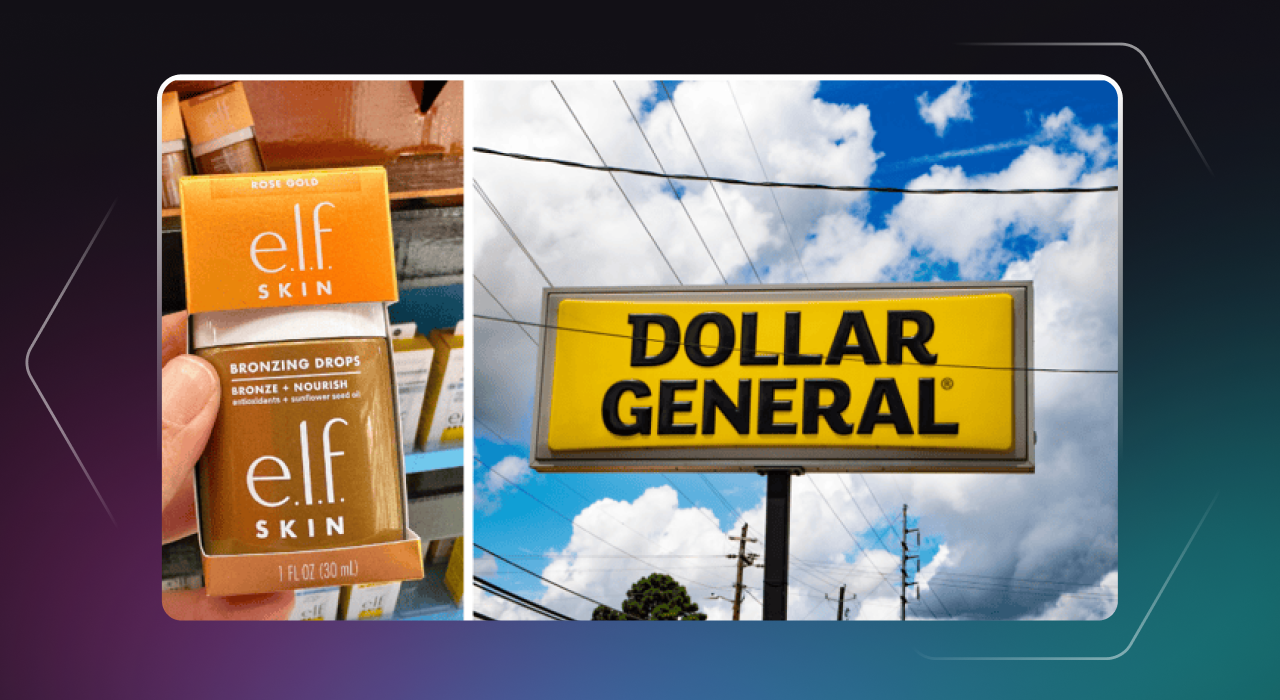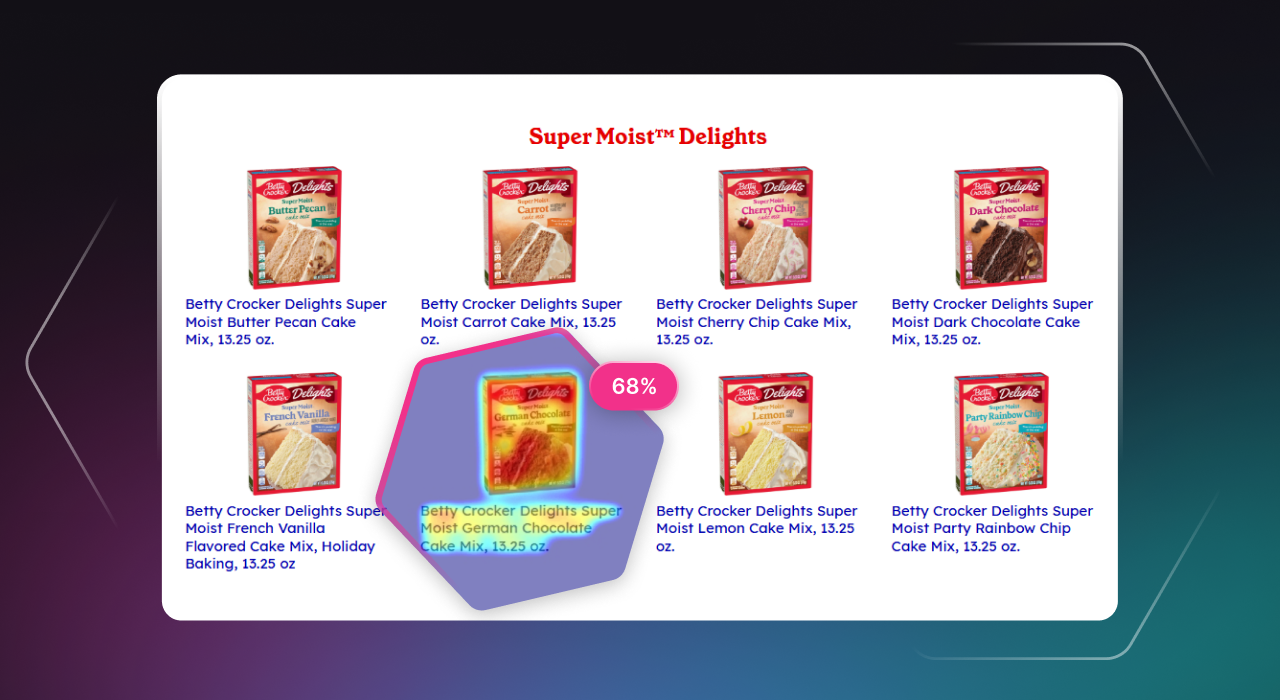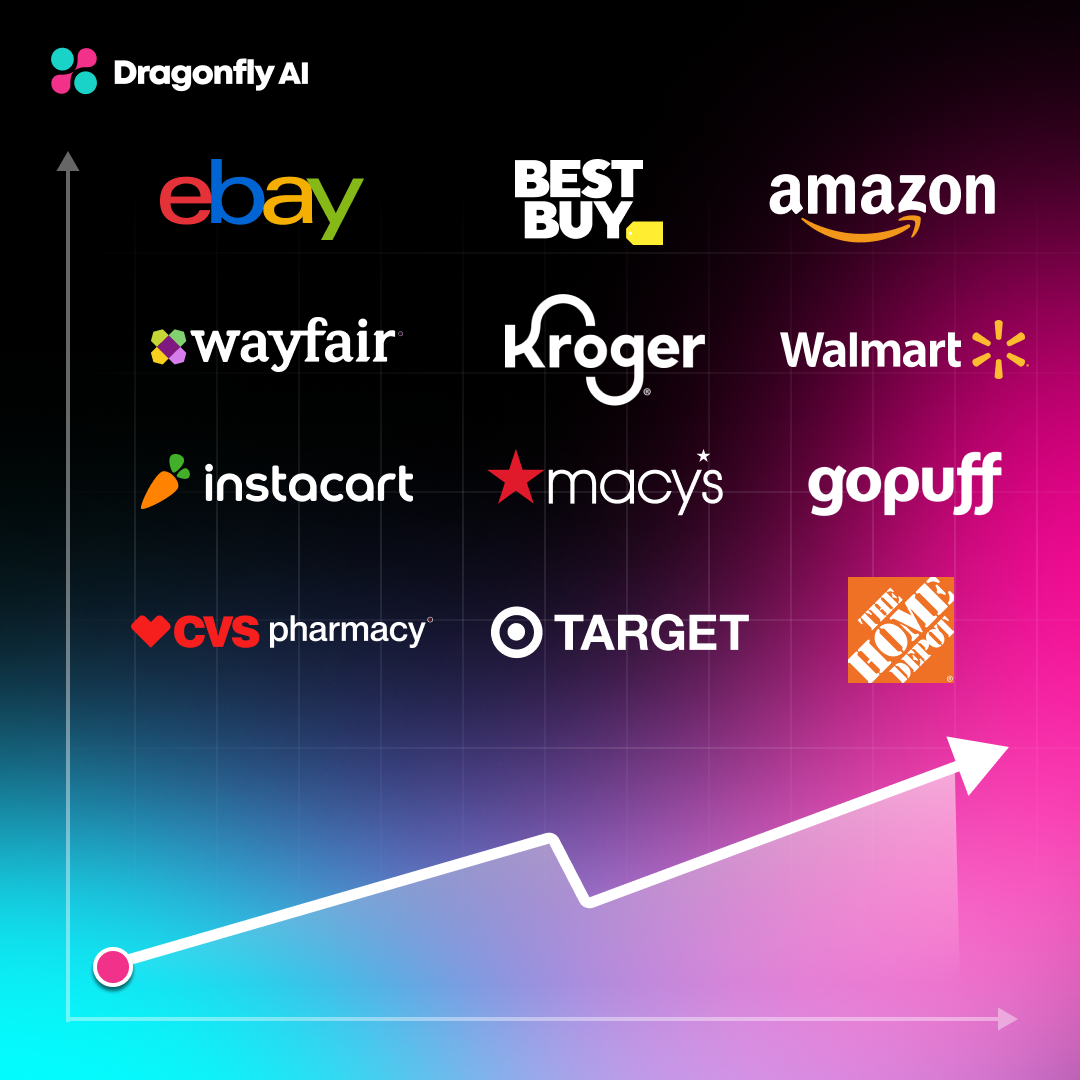In today’s cost-of-living crisis, Consumer Packaged Goods (CPG) companies face mounting pressure from all sides. Rising costs for raw materials, labor, and transportation are cutting into profit margins, while consumers are becoming more cautious with their spending.
Finding the right CPG pricing strategy is more than just a financial decision—it’s about protecting market share, maintaining brand loyalty, and staying profitable in a challenging economy. Every pricing move carries weight, influencing immediate sales and long-term brand perception.
Here are five proven strategies to help CPG brands weather the storm and emerge stronger.
Adopt Value-Based CPG Pricing
In uncertain economic times, value-based pricing shifts the focus from production costs to what customers perceive as valuable in a product. Consumers today are more deliberate about purchasing products that deliver meaningful value through health benefits, sustainable practices, or premium quality. Brands that successfully communicate these value points can justify higher prices, even when budgets are tight by aligning with shifting consumer expectations.
For example, a premium organic yogurt brand can highlight health benefits and eco-friendly sourcing, while a cleaning product can emphasize scientific proof of superior performance. The key is to ensure that these value points are front-and-center in your messaging, packaging, and campaigns.
How to Do It:
- Highlight key product benefits in your marketing campaigns and on packaging.
- Monitor consumer sentiment through social listening and feedback channels for perfect alignment with perceived value.
- Test messaging variations to see which value propositions resonate most across different demographics.
Real-World Example:
A leading beverage brand leveraged AI-driven insights to emphasize natural ingredients and health benefits in its advertising campaigns. This approach allowed the brand to sustain premium pricing even as inflation increased costs.
Why It Matters Now:
Consumers aren’t just looking for cheaper alternatives—they’re searching for products they feel are worth the cost. Brands that clearly voice their value proposition are more likely to retain customers, even in economically challenging times.

Understanding Market and Consumer Trends
In today’s dynamic market, understanding market and consumer trends is crucial for CPG companies to develop effective pricing strategies. Market trends refer to the overall direction and patterns in the market, while consumer trends focus on the preferences, behaviors, and attitudes of consumers. By analyzing these trends, CPG companies can identify opportunities to adjust their pricing strategies and stay competitive.
Overcoming Challenges to Value-Based Pricing
Implementing value-based pricing can significantly boost revenue and profitability, but it comes with its own set of challenges. Here are some common obstacles and strategies to overcome them:
Case Studies and Examples
Several CPG companies have successfully implemented value-based pricing, resulting in significant revenue and profitability gains. Here are a few notable examples:
Deploy Tiered Pricing Models
Tiered pricing allows brands to offer products at multiple price points, making them accessible to a broader audience. Fluctuating consumer demand impacts pricing models, emphasizing the need to align prices with consumers' willingness to pay and adapt strategies based on market trends and consumer behavior. By introducing product sizes, features, or packaging variations, brands can create a “good, better, best” model that caters to consumers across different income levels. This flexibility becomes especially important during financial downturns as consumers look for ways to stretch their budgets without giving up trusted brands.
For example, smaller, single-serve snack packs appeal to budget-conscious shoppers, while premium, family-sized bundles cater to customers seeking long-term value. The key to success is balancing affordability with perceived value across each pricing tier.
How to Do It:
- Launch smaller, budget-friendly product sizes to cater to cost-conscious consumers.
- Create premium versions for customers willing to pay more for added value.
- Use predictive analytics to anticipate demand across different price tiers.
- Test packaging designs for each tier to make sure they align with customer expectations.
Real-World Example:
During the 2008 financial crisis, many snack brands introduced smaller “grab-and-go” packs. Despite tighter budgets, these affordable options helped them to stay in consumers’ baskets.
Why It Matters Now:
Tiered pricing isn’t just about offering discounts—it’s about offering choices. This approach keeps customers within your brand’s ecosystem, regardless of their spending power.
Leverage Competitive Pricing Tactically
Promotional pricing can be a double-edged sword. When used strategically, it can drive urgency, increase basket sizes, and attract price-sensitive customers. However, untargeted, broad promotions can weaken a brand’s value perception and reduce profit margins. Today, the key to effective promotional pricing lies in precision, driven by data analytics and AI-powered tools, and incorporating competitive pricing strategies to stay ahead in the market.
Brands can identify the best times for promotions, which products to discount, and where to place those offers for maximum visibility—whether on an e-commerce site or in a physical store. Additionally, maintaining market share is crucial, as setting prices too high can push consumers towards lower-cost alternatives.
How to Do It:
- Use predictive heatmaps to identify high-visibility areas on e-commerce platforms for promotions.

- Launch personalized offers through email and direct-to-consumer (DTC) campaigns.
- Apply dynamic pricing to adjust prices based on real-time consumer behavior and inventory levels.
- Monitor post-promotion performance to refine future campaigns.
Real-World Example:
A global personal care brand implemented dynamic promotional pricing during peak online shopping hours. Predictive analytics revealed the best times for flash sales, resulting in a 20% uplift in conversion rates.
Why It Matters Now:
Promotions should feel intentional, not desperate. When executed correctly, they can drive significant sales spikes without harming long-term brand equity.
Shift from Price Cuts to Value Based Pricing
Slashing prices might seem like the quickest way to attract cost-conscious customers, but it’s often a short-term solution with long-term consequences. Instead of reducing prices, many brands focus on value-add strategies—offering bundled deals, loyalty rewards, or exclusive perks to make customers feel like they’re getting more for their money. However, price increases can also play a role in maintaining profitability amidst rising costs and inflation.
Adjusting prices as part of a dynamic pricing strategy allows firms to remain competitive by using advanced analytical tools to monitor market trends and consumer behavior.
For example, offering a “buy two, get one free” deal creates perceived savings while encouraging larger basket sizes. Similarly, loyalty programs with cashback or reward points drive repeat purchases and long-term customer relationships.
How to Do It:
- Bundle products together to create perceived savings (e.g., “buy one, get one free”).
- Offer loyalty points, cashback, or exclusive perks for repeat customers.
- Use AI insights to personalize value-added incentives based on individual buying habits.
- Highlight added value prominently in your product packaging and campaigns.
Real-World Example:
A household cleaning brand introduced multi-pack bundles instead of direct price cuts. This approach boosted purchase volumes while improving warehouse efficiency and stock movement.
Why It Matters Now:
Customers who feel they’re getting extra value without seeing higher prices are more likely to stay loyal, even when budgets are tight.
Optimize Price Perception Through Visual Design
Perception often shapes reality, and this is especially true for CPG pricing strategies. Visual design plays a massive role in how customers interpret a product’s value, whether on packaging, product pages, or in-store displays. Using colors, layouts, and labels like “Best Value” or “Limited Offer” can powerfully influence purchasing decisions.

Small or mid-sized CPG companies face unique challenges in balancing costs, consumer demand, and competitor pricing to achieve sustainable sales growth.
Today, AI-powered predictive attention tools can analyze where customers’ eyes are most likely to focus, helping brands optimize their visual assets for maximum impact.
How to Do It:
- Test multiple versions of product pages, shelf displays, and online promotions.
- Highlight claims like “Best Value” or “Limited Offer” in areas with high visual impact.
- Check for consistency between online visuals and physical product presentation.
Real-World Example:
A global food brand used predictive AI to refine its packaging design. Repositioning the “Limited Time Offer” badge to a more prominent spot increased sales by 15%.
Why It Matters Now:
A well-optimized design doesn’t just make products look appealing—it subtly reinforces the value customers are getting.
Navigating Pricing in Turbulent Times with Consumer Behavior Insights
Pricing isn’t a “set-it-and-forget-it” task, especially during a cost-of-living crisis. An effective CPG pricing strategy requires agility, ongoing analysis, and data-driven insights. Whether focusing on value-based pricing, introducing tiered pricing models, strategically using promotions, adding value instead of reducing prices, or optimizing visual design, these approaches help guarantee that brands remain competitive and resilient. By optimizing these strategies, brands can also gain market share, ensuring they capture a larger portion of consumer demand.
At Dragonfly AI, we provide CPG brands with the tools and insights to make smarter pricing decisions. Our platform helps you test promotional designs, predict consumer attention, and fine-tune your campaigns for maximum impact.
Are you ready to see how predictive AI can transform your pricing strategy? Schedule a demo with us today to learn more.





